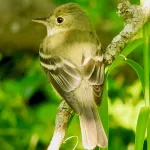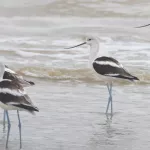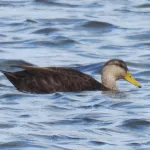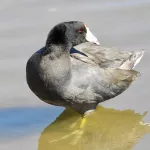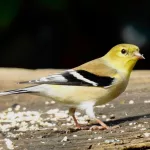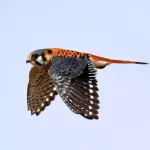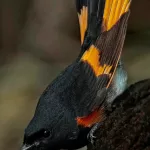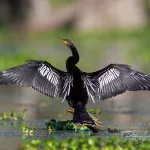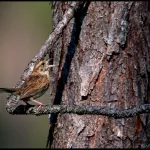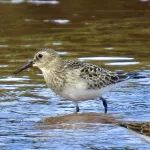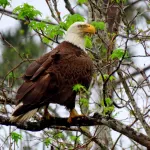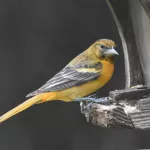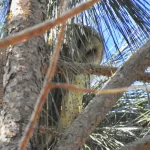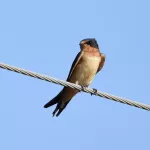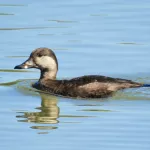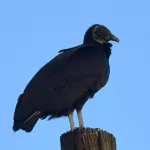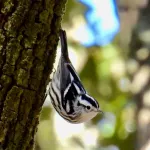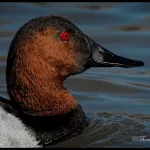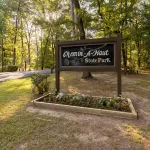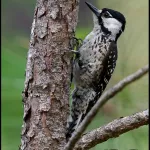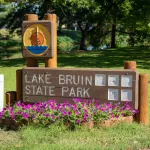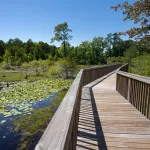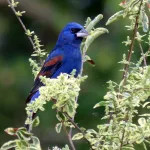D'Arbonne National Wildlife Refuge - Saline Creek Wetland Area
D’Arbonne National Wildlife Refuge was established primarily to protect bottomland hardwood forest habitat and provide wintering habitat for migratory waterfowl.
The refuge’s Saline Creek Wetlands Area is a large open marshy stormwater overflow area just off of Bayou D’Arbonne. Visitors may drive or walk through finely mixed pine-hardwood, upland hardwood, and bottomland hardwood forest habitats en route to the site.
Walking or driving through the wooded areas, be sure to be on the lookout for local forest bird species such as Wild Turkey, Yellow-billed Cuckoo, Mississippi Kite, Red-shouldered and Broad-winged Hawks, Carolina Chickadee, Tufted Titmouse, and Carolina Wren, along with a rotating seasonal cast of vireos and warblers.
When water levels are low enough, the open backwater area is considered one of the best shorebird sites in northeastern Louisiana. Make sure to pack a spotting scope and tripod. Walk to the west end to find the best mudflats during low water periods. At least 25 species have been recorded here. This area is also outstanding for waterfowl (21 recorded species) and wading birds (12 recorded species), especially during higher water periods in winter and spring.
Road access is excellent at this site, and the access roads can also be used as walking/birding trails. At the entrance to the area on Saline Creek Road, the road immediately forks, and to the right leads to a boat launch on the bayou. To the left, the road leads to a viewing tower overlooking the wetlands. Both roads eventually dip down from the forest before opening into wetland grassy flats.
Amenities are limited to gravel parking, identification/directional signage, boat launch, and the observation tower. There are no restrooms or water available, nor is this site handicapped-accessible. This site is used primarily by hunters, hikers, paddlers, and birders.


